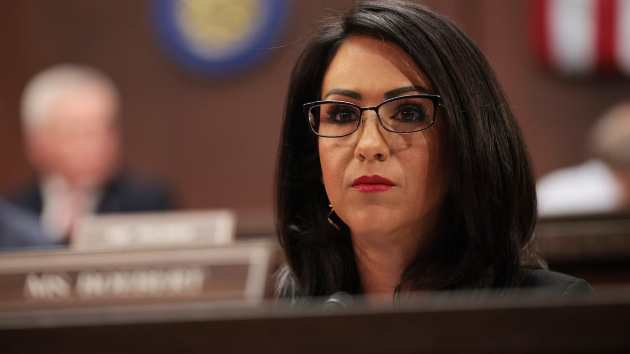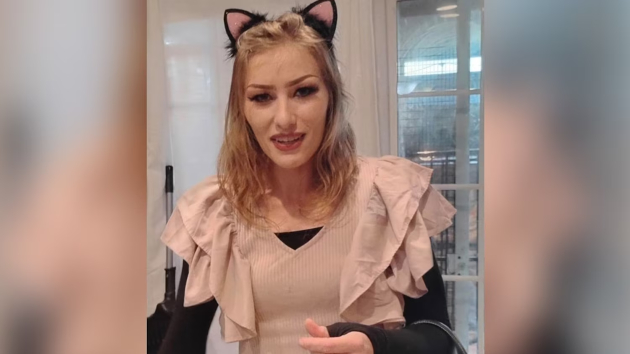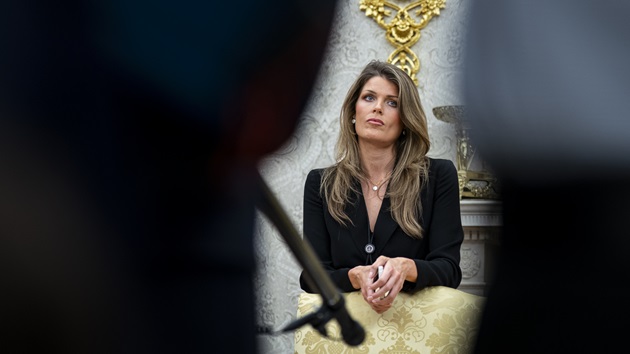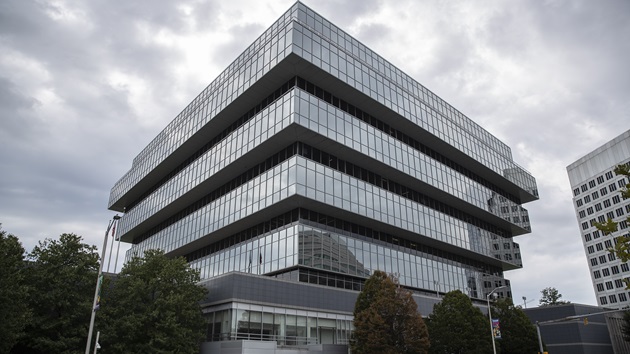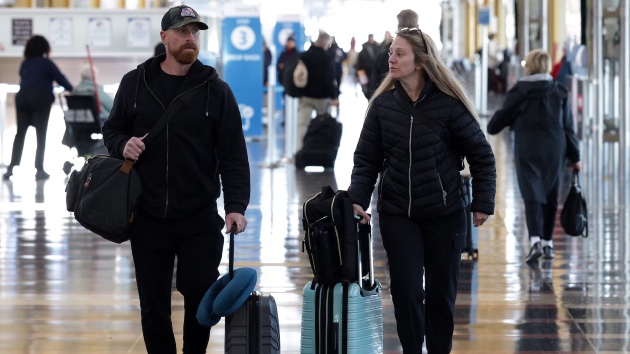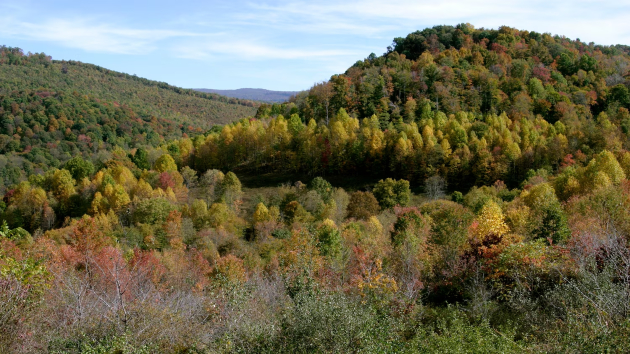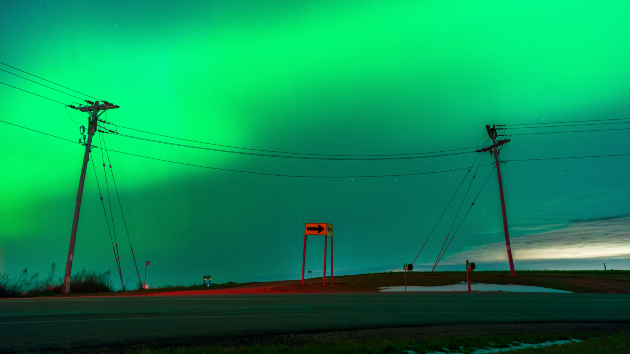
(NEW YORK) — Dazzling waves of color are lighting up the skies this week.
After green and pink displays of auroras lit up the sky Tuesday night, another Northern Light array is expected to bring a gleaming light show to the northern part of the U.S. Wednesday night.
The auroras are being caused by one of the strongest geomagnetic storms of the year, which occurs when electrons from the sun collide with Earth’s magnetic field to produce colored lights, according to NOAA.
“Aurora is the name given to the glow or light produced when electrons from space flow down Earth’s magnetic field and collide with atoms and molecules of the upper atmosphere in a ring or oval centered on the magnetic pole of Earth. The collisions produce light much like how electrons flowing through gas in a neon light collide with neon and other gasses to produce different colored light bulbs,” NOAA’s website reads.
Two dozen states could see the Northern Lights Wednesday night per NOAA’s aurora viewline map that includes Alaska, Washington, Oregon, Idaho, Montana, Wyoming, North Dakota, South Dakota, Nebraska, Minnesota, Iowa, Wisconsin, Illinois, Michigan, Indiana, Ohio, New York, Pennsylvania, Connecticut, Rhode Island, Massachusetts, Vermont, New Hampshire and Maine.
Mike Bettwy, a meteorologist at the Space Weather Prediction Center, told ABC News that the auroras on Wednesday could be as clear as the ones on Tuesday.
“We had three coronal mass ejections leave the Sun since late last week. The third and final one is expected to impact our atmosphere later today and tonight. It is difficult to predict with a high degree of certainty or precision, but it is possible this will be as impactful as last night’s event. There were reports of aurora as far south as Tampa, Florida, overnight,” Bettwy said.
“While not unprecedented, it is quite unusual for the aurora to be visible at these low latitudes; probably only occurring once or twice per solar cycle,” he added.
The best time to see the aurora is between 10 p.m. and 2 a.m., according to NOAA.
NASA recommends going to the darkest area and using a long exposure to get the best photos of the light show, per their guidance.
NASA did not immediately reply to requests for comment from ABC News.
Copyright © 2025, ABC Audio. All rights reserved.
- Alexander brothers, luxury real estate brokers, must face sex trafficking charges, judge rules - November 12, 2025
- Judge rules administration can’t force states to undo delivery of SNAP benefits - November 12, 2025
- Search ongoing for woman visiting California who was last seen at beach bonfire - November 12, 2025



